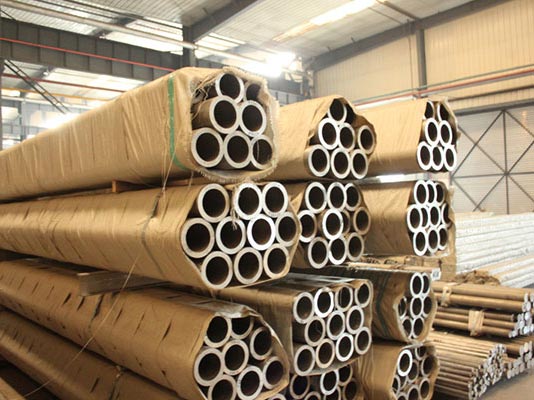
Main parameters and performance of 6101 aluminum substation bus conductors:
▲ material: aluminum magnesium rare earth alloy LDRE, heat resistant aluminum alloy 6Z63, aluminum magnesium alloy 6063G(6063), aluminum manganese alloy LF21(3A21)
▲ tube mother outside diameter: 70- 450mm
▲ mother wall thickness: 3-15mm
Bring about 20 ° C resistivity rho, Ω was/m: 0.032 to 0.034
Product features of 6101 aluminum substation bus conductors:
● the tube is a hollow conductor, good convective heat dissipation conditions, low temperature rise, small loss;
● small skin effect coefficient, even current distribution, current density up to 1.4a /mm2;
● to improve the corona initial voltage;
● simple installation and maintenance, convenient connection;It covers a small area and is 1/3 of the size of a soft wire.
● internal grain structure compact, strong corrosion resistance;Not easy to ice, strong disaster resistance;
● 6Z63 high-strength heat-resistant aluminum alloy tube busbar can operate safely in the environment of 150°C -- 200°C. Under the environment of 250°C, the tensile strength can maintain at least 88% at room temperature. This characteristic is suitable for ice melting device engineering and large-capacity substation engineering.











